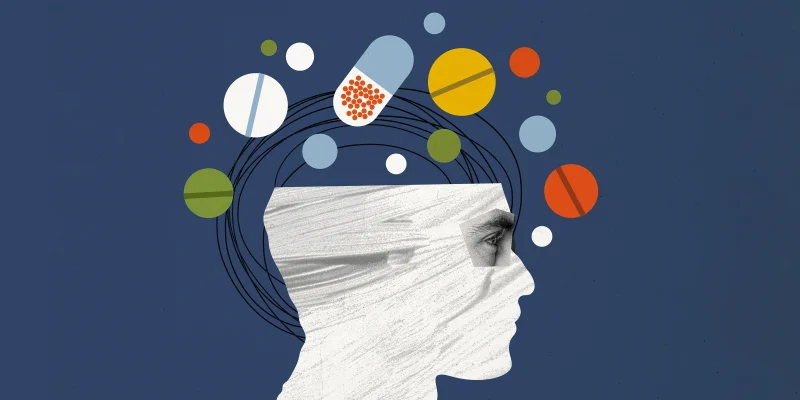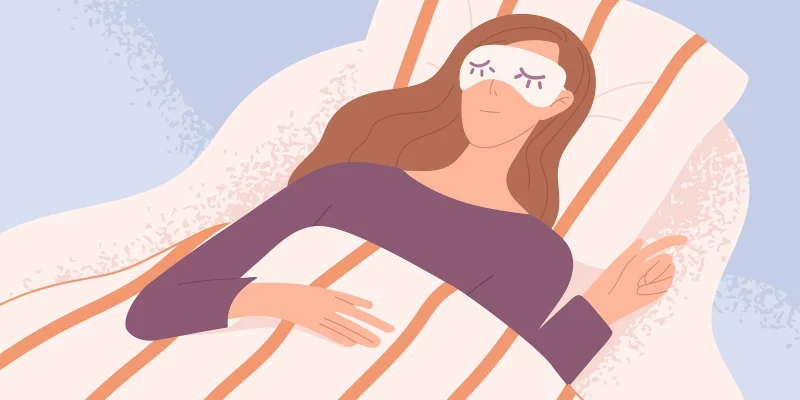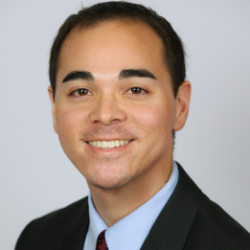On a sultry August morning, Mrs. Khan, dressed in her usual gray sari and matching headscarf, stepped into my consultation room. Her husband, a plump, balding man with a round face and easy smile, wore jeans and a Mets T-shirt. Their little boy, Siddiq, now 13, had been my patient for over a year. He was a miniature version of his father, a small belly forming in the bulge of his mini-Mets tee.
“Is this you?” Mr. Khan asked, pointing to the sepia-toned photo of a striking young woman with expressive dark eyes and a Mona Lisa smile on my wall.
Everyone asked me that. “No, my mother,” I told him.
“And this?” He pointed to its sister photo just below, another dark-haired beauty, eyes downcast in contemplation.
“My aunt, her sister.”
We exchanged glances. The Pakistani family had seen these photos on my wall for a year now, but only today did they comment.
“And this gentleman?” Mrs. Khan joined in, pointing to the photo of a handsome young man in formal turn-of-the-century attire — a waistcoat and bow tie, starched white shirt, hair center parted, moustache perfectly but subtly curled.
“Their father,” I smiled, appreciating their interest. “My grandfather.”
“And where was he from?” they asked.
“Ah, he came from Bialystok, Poland around the turn of the century. That’s probably where the photo was taken, before he departed.” Immigrants. My patients were Muslims from 21st century Pakistan, my grandfather a turn-of-the-century Polish Jew. I could see their minds grasping the connection.
“They don’t take photos like that anymore,” Mr. Khan said.
“I know,” I agreed. “They’re precious.”
The previous August, about three weeks before the start of the school year, the Khans had first visited my office, a homey space carved from the living room of our house and decorated with sundry inherited artifacts, including the photos we had just admired.
At that first visit, Siddiq, then 12, had seemed like a perfectly healthy kid, except that every three minutes he squeaked and honked like a dolphin. It was a tic that had begun 15 days before, when his grandmother had returned to Pakistan, and nothing they tried could stop it. The emergency physician had prescribed an antihypertensive and sedative, but it hadn’t worked. Another doctor had suggested tranquilizers, but the Khans rejected that idea.
This was not my first experience with tics. I remembered two brothers with Tourette syndrome from decades before. Like Siddiq, they had allergies. I had treated them with minuscule doses of inhalant and food allergens, a therapy known as low-dose allergens (LDA), and it had worked. Even though the onset of Siddiq’s tics had coincided with his grandmother’s return to Pakistan, I knew that the biological component was strong. For reasons not entirely clear, LDA works well for both typical allergic symptoms, like cough and runny nose, and neurological symptoms like tics. We decided to give it a try.
Two weeks later, the dolphin honk had subsided, and to our great relief, Siddiq was able to start school.
Since that first meeting, the Khans had been visiting my office every other month for a year. Our visits were mostly brief, just long enough for me to squirt the drops under his tongue. Siddiq continued to do well, with no reemergence of the dreaded tics.
After our exchange about the photos, the four of us walked into my exam room, where Siddiq plopped himself down in my black Eames bikini chair to receive his treatment. As I drew up the allergens in an insulin syringe, Mrs. Khan asked me, “Doctor, can you speak Hebrew?”
We had never discussed my Jewishness before, I noted, as another layer of intimacy opened between us. Was it the Maimonides prayer on the wall, or the mezuzahs on the doorposts? Did Pakistanis even know about mezuzahs?
“No,” I shook my head regretfully. “Not really, I never learned to speak it. I only know enough to say my prayers.”
She smiled. “It’s the same with me. I know only enough Arabic to read my prayer book.”
There was a pause as we both took that in.
“But do you understand what you’re reading?” She asked.
“Oh, for sure!” I nodded emphatically. “I have a special prayer book that has the English word written small below each Hebrew word,” I enthused, referring to my interlinear Siddur.
I had barely finished when she nodded and smiled, matching my excitement with her response: “I know, I have the same thing.”
Holy moly! Did Muslims have interlinear prayer books? “But my son can speak Hebrew,” I went on, warming to the topic, savoring our newly personal connection. “We sent him to Israel after high school for religious studies and he’s fairly fluent.” My comment sent her mind in a new direction.
“You see!” she exclaimed, turning to her husband. “People do send their children overseas for religious instruction.” But judging by Mr. Khan’s expression, he did not share her enthusiasm.
On their way out, Mrs. Khan pointed to a more recent photo on my wall of a young boy dashing through the surf, a beatific smile on his face. "Is that your son?” she asked.
“That’s my boy,” I beamed.
“How old is he now?”
“23.”
“Is he married?”
“No, no,” I shook my head. “But we’re hoping he’ll soon go out on his first date. His friend is playing matchmaker.”
Now her enthusiasm reached its peak. “Siddiq is only 13, but all I want is for him to get married and give me grandchildren. That’s what I’m looking forward to!”
I nodded empathetically, one mother to another. How much of yourself should you reveal to your patients? I wondered. A doctor’s appointment is not a social call, and yet, as I was coming to realize more and more, a strong personal connection with patients often produces the best clinical results.
How do you engage your patients and their family during visits? Share your approach in the comment section below.
Marjorie Ordene, MD, is an integrative physician practicing in Brooklyn, NY. Her essays, short stories, and poetry have been published in various magazines and anthologies including The Sun, Tablet, Lilith, and Michigan Avenue Review.
All names and identifying information have been modified to protect patient privacy.







